Vancouver is an ever-growing city, filled with construction and de-construction, amid this barrage of new construction zones, demolition safety practices must be instilled. Home renovations and improvements are a common sight in Vancouver, where residents take pride in maintaining and upgrading their living spaces. However, one aspect of home improvement that often goes overlooked is drywall removal. While it may seem like a straightforward task, there are several reasons why residents in Vancouver need to exercise caution when it comes to this seemingly simple renovation step.
Here are the 9 reasons why drywall is hard to get rid of in Vancouver BC?
1. Asbestos Concerns:
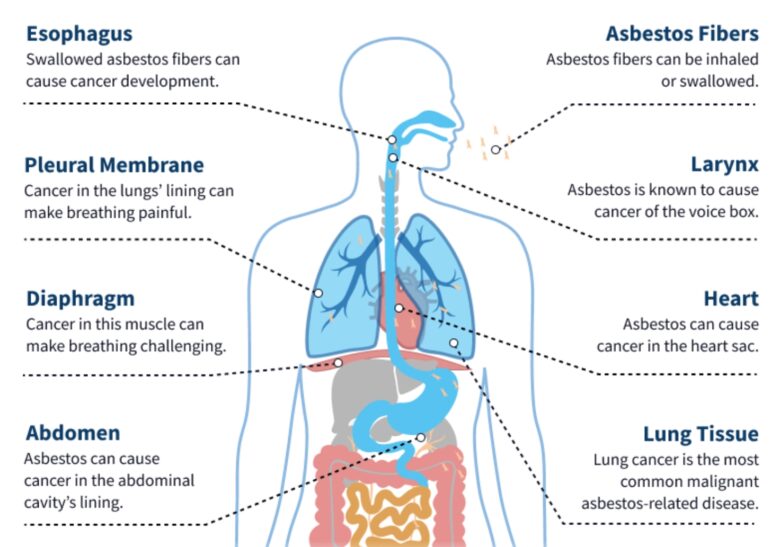
Source: asbestos.com
One of the primary reasons for caution during drywall removal in Vancouver is the potential presence of asbestos. Asbestos was commonly used in construction materials, including drywall, until the 1990s when its health risks became widely known. Disturbing asbestos-containing materials during renovations can release harmful fibers into the air, posing a serious health risk when inhaled. Vancouver, with its older housing stock, may still have buildings with asbestos-laden drywall, making proper removal procedures crucial.
Asbestos exposure is associated with several serious health conditions. Inhalation of asbestos fibers over time can lead to the following diseases:
- Asbestosis: Asbestosis is a chronic lung disease caused by the inhalation of asbestos fibers. Over time, these fibers can cause scarring of lung tissue, leading to difficulty in breathing and reduced lung function.
- Lung Cancer: Exposure to asbestos increases the risk of developing lung cancer. This risk is particularly high among individuals who are also smokers. Asbestos-related lung cancer typically develops many years after the initial exposure.
- Mesothelioma: Mesothelioma is a rare but aggressive cancer that primarily affects the lining of the lungs, abdomen, or heart. It is strongly associated with asbestos exposure, and symptoms may not appear until several decades after exposure.
- Asbestos-Related Pleural Disease: This includes pleural plaques, thickening, and effusions. Pleural plaques are areas of scar tissue on the lining of the lungs, while pleural thickening involves the scarring and thickening of the pleura (lining of the lungs).
It’s important to note that the health risks associated with asbestos exposure depend on factors such as the duration and intensity of exposure, as well as individual susceptibility. Due to the severe health risks, asbestos use has been significantly reduced in recent decades, and regulations are in place to control its handling and removal. If you suspect asbestos exposure, it’s crucial to consult with healthcare professionals for proper evaluation and guidance.
2. Environmental Regulations:
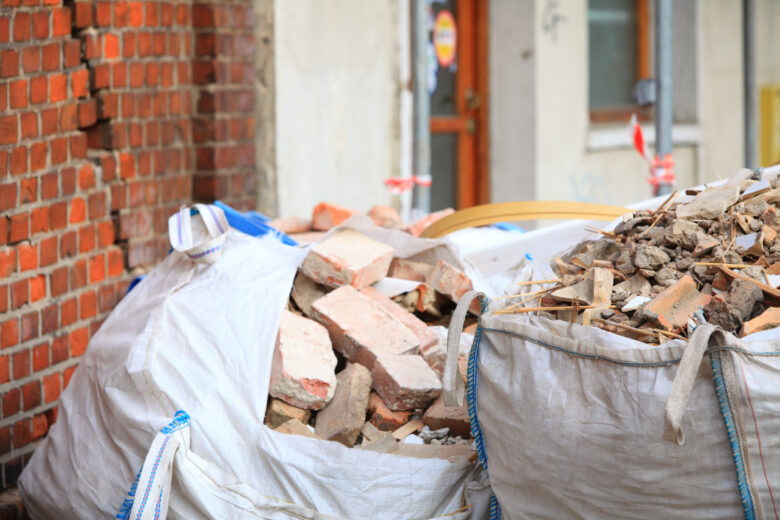
Source: cpdonline.co.uk
Vancouver is renowned for its commitment to sustainability and environmental consciousness. The city has strict regulations regarding the disposal of construction waste, including drywall. Failure to adhere to these regulations can result in fines and penalties. Improper disposal methods can also harm the environment and compromise the air and water quality in the region. Thus, residents must be aware of and comply with Vancouver’s environmental guidelines when undertaking drywall removal projects.
3. Professional Expertise:
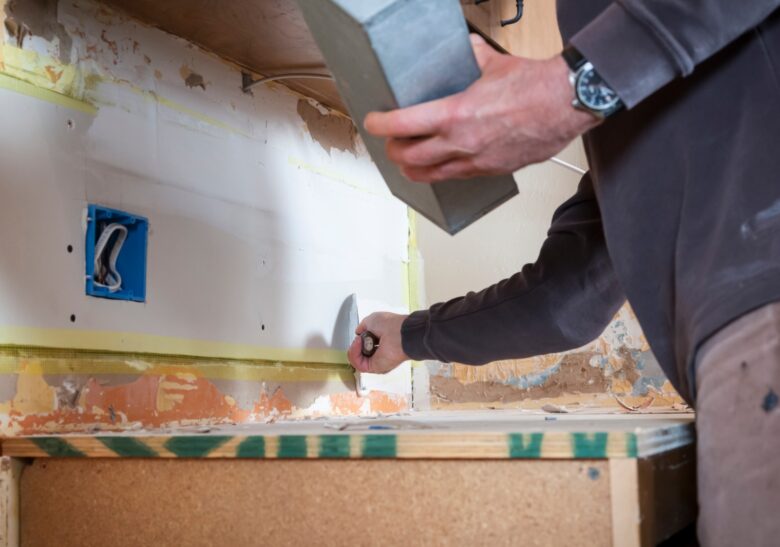
Source: canva.com
While DIY projects can be rewarding, drywall removal is best left to professionals, especially in a city like Vancouver. Hiring licensed and experienced contractors ensures that the job is done safely and efficiently. Professionals know how to identify potential hazards such as asbestos and have the expertise to handle them appropriately. This not only protects the homeowner but also contributes to the overall safety of the community.
4. Mold and Moisture Concerns:
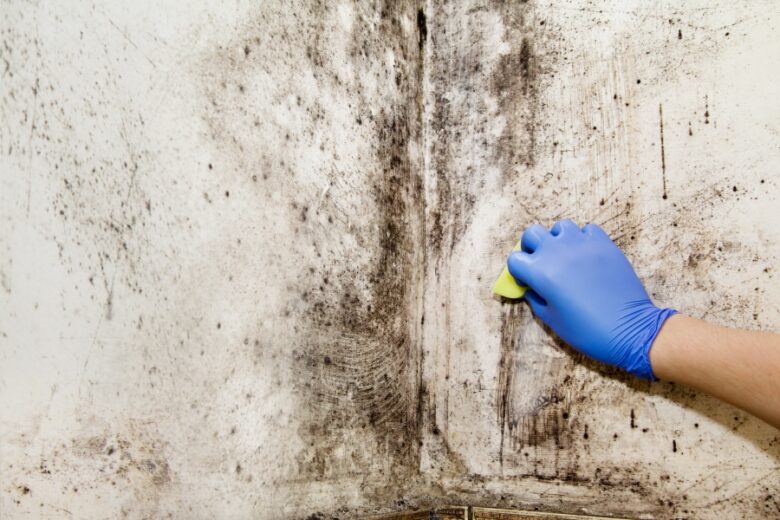
Source: ecfunderlayment.com
Vancouver’s climate, characterized by frequent rainfall, can lead to moisture-related issues within homes. Drywall is particularly susceptible to mold growth when exposed to moisture. During removal, it is crucial to inspect the underlying structure for signs of water damage and mold. Ignoring these issues can result in compromised indoor air quality and structural damage over time.
5. Potential Structural Complications:
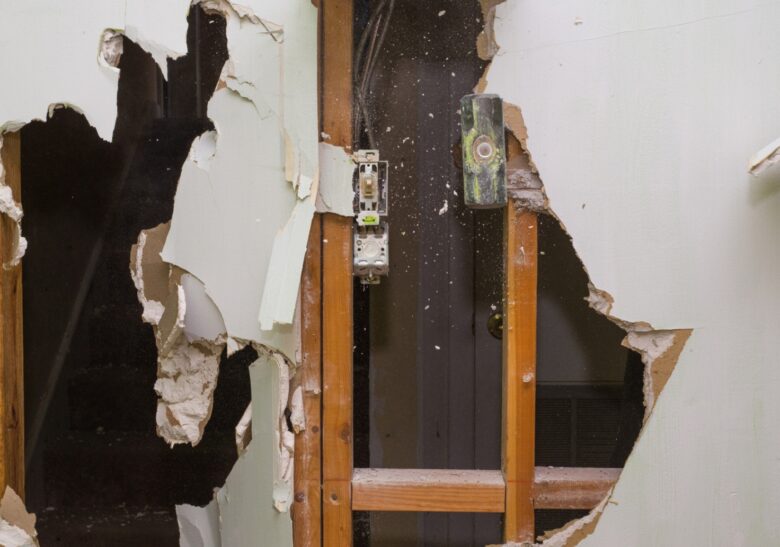
Source: canva.com
Drywall removal is not just about taking down walls; it involves dealing with the underlying structure. In some cases, removing drywall may reveal hidden structural problems that need attention. It is important to be prepared for such complications and to have a professional assess and address any structural issues that may arise during the removal process.
6. Safety Gear and Precautions:
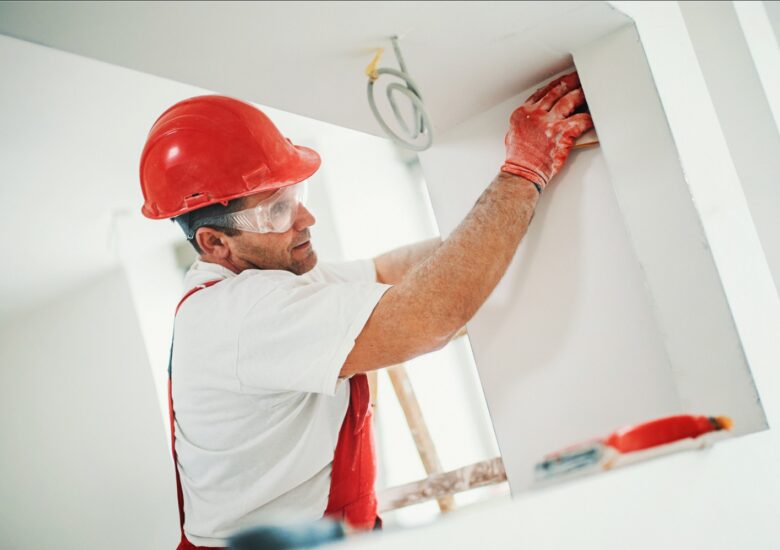
Source: canva.com
In addition to the concerns mentioned above, it is crucial to highlight the importance of safety gear and precautions during drywall removal. Protective equipment, such as respiratory masks, gloves, and safety goggles, should be worn to minimize exposure to dust and potential contaminants. Adequate ventilation in the work area is also essential to disperse airborne particles effectively. Emphasizing the use of proper safety measures ensures not only the well-being of the individuals involved in the removal process but also contributes to a safer overall work environment.
7. Community Impact:
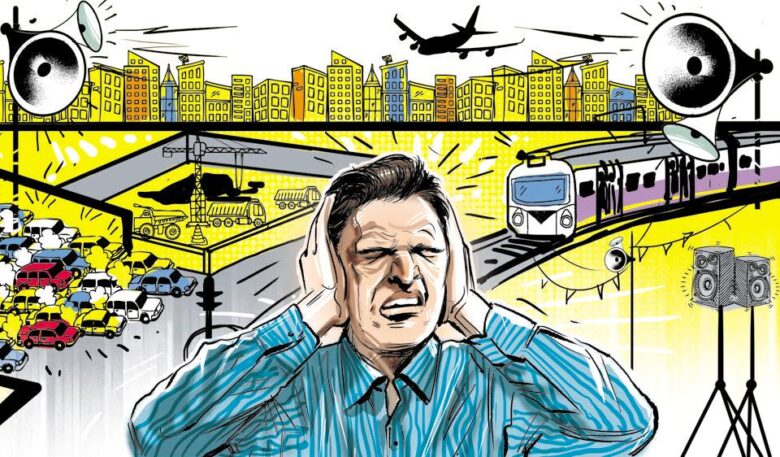
Source: cpd.org.bd
Beyond individual safety, the community impact of drywall removal in Vancouver cannot be underestimated. Construction and renovation activities, when not conducted responsibly, can disrupt the peace and well-being of the surrounding neighborhoods. Consideration for noise levels, proper scheduling to minimize disturbances, and effective communication with neighbors are all vital aspects. Being mindful of the broader community impact fosters a harmonious living environment and reflects responsible citizenship.
8. Waste Reduction Strategies:
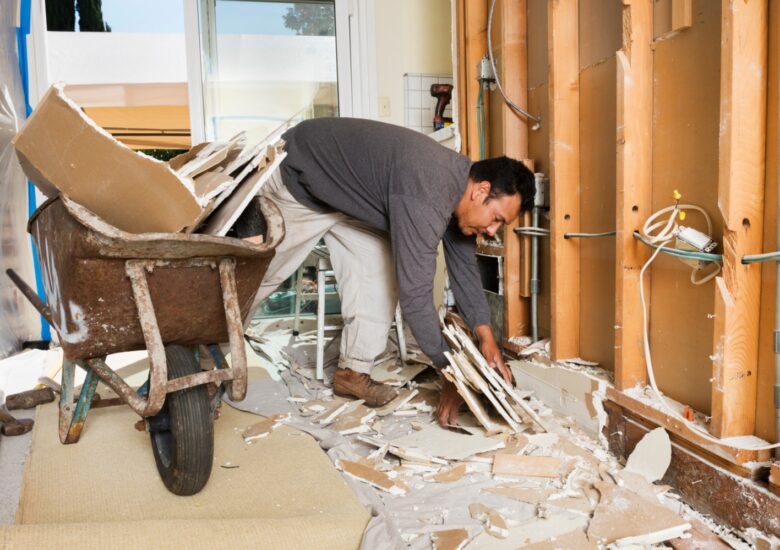
Source: canva.com
Vancouver’s commitment to environmental sustainability extends to waste reduction strategies. When engaging in drywall removal, residents should explore options for recycling or repurposing materials whenever possible. This not only aligns with the city’s environmental goals but also contributes to a circular economy, reducing the overall environmental footprint of the renovation process. Awareness of local recycling facilities and their capabilities can guide residents in making environmentally conscious choices.
9. Permitting and Documentation:

Source: simplilearn.com
Before initiating any significant renovation, including drywall removal, residents should be aware of local permitting requirements. Obtaining the necessary permits ensures compliance with building codes and regulations. Additionally, maintaining documentation of the removal process, including disposal receipts and any professional assessments, can be valuable for future reference. This proactive approach mitigates potential legal issues and provides a clear record of responsible renovation practices.
Conclusion:
While the excitement of home improvement projects in Vancouver may be palpable, it’s essential to approach drywall removal with caution and respect for safety and environmental considerations. Asbestos, environmental regulations, professional expertise, mold, and potential structural issues all underscore the need for careful planning and execution. By being aware of these factors and seeking professional guidance, Vancouver residents can ensure that their renovations contribute not only to the aesthetics of their homes but also to the safety and sustainability of the entire community.
If you’re looking to properly dispose of drywall in Vancouver, here is a helpful guide on How to Dispose of Drywall in Vancouver for detailed instructions. Following the right disposal methods is not only environmentally responsible but also a crucial step in maintaining the city’s green mandate and ensuring a positive impact on both your immediate surroundings and the broader community.
